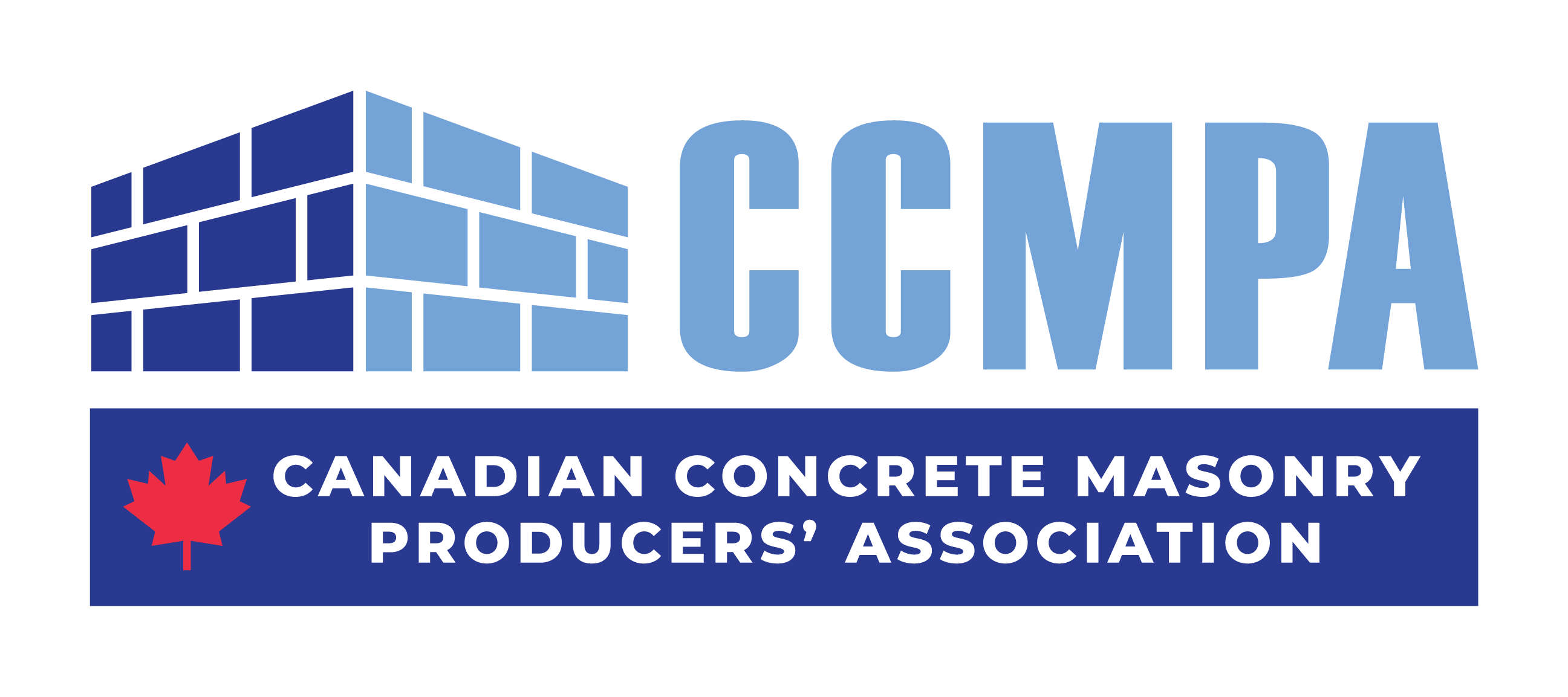Choice and safety first. Politics second
A bill mandating the use of wood in federal-building construction has passed
second reading in the House of Commons — prompting everyone from architects and engineers to steel and masonry producers to question the wisdom of favouring one economic sector at the expense of others.
It began as a regional, relatively grass-roots movement in British Columbia to promote the use of ‘Wood First’ in new construction. It now has evolved into a Private Members Bill in Ottawa — C-429 — that has raised eyebrows (perhaps ‘dropped jaws’ might be more apt) by passing second reading in the House of Commons. Sponsored by Bloc Member Gérard Asselin, the Bill would legislate the use of wood in federal-building construction. While that might seem at first to be a relatively small slice of Canada’s total construction pie, consider a figure put forward in a recent article in Maclean’s magazine (Shame on the Hill; May 9, 2010) that suggests renovations to Parliament’s West Block alone are estimated at $800 million.
Economics aside, however, there are other equally important reasons why this bill cannot and should not be allowed to move any further in Ottawa.
First, there is the matter of informed professional choice — or, as would be the case under C-429, a lack thereof. Put simply, the bill limits a designer’s professional freedom or a contractor’s good judgment by forcing upon them a particular building material regardless of what they deem most appropriate for a particular project. It should be noted here that Canada’s National Building Code limits the use of wood to buildings four storeys or less. The very fact that the Code prescribes certain conditions under which wood can and cannot be used indicates that wood is not always the best material for the job.
“Proponents of the bill might counter that each construction project has stated levels of performance which must be met by the design and construction,” says structural engineer Gary Sturgeon. “However, experienced designers, forensic building investigators and those familiar with building codes know that ‘performance’ is a sliding scale — one that depends on where you want to set the bar.”
Yasser Korany, Associate Professor of Structural Engineering at the University of Alberta, offers this additional insight: “Depending on the post-secondary education received, an engineer may or may not be well-schooled in or comfortable with the use of wood. Concrete and steel are both common curriculum elements given the fact that they’re the most widelyused materials. Wood, however, is less widely-used, and to force an engineer to build with it could ultimately compromise a building’s structural safety.”
The use of wood also would incur additional costs associated with construction and ongoing maintenance, a reality that, in the context of federal buildings, is well worth keeping in mind considering the aforementioned $800 million required to restore the West Block. In fact, Architecture Canada, in an open letter to Gérard Asselin, has pointed out the high costs of maintaining wood cladding used on B.C. hospitals (in addition to noting the unacceptable flame-spread ratings where wood is used as an interior finish, and questioning the appropriateness of wood for infection control).
In Yasser Korany’s opinion, Bill C-429 is unprecedented. “In all my years in engineering and in all the technical associations and committees in which I’ve been involved, great care has always been taken not to favour or exclude any one group or industry.” He adds, “The bill is quite odd — I’ve never encountered anything like it.”
He also questions its environmental impact. “We’re asked to save trees — to go green, to avoid using printers, to include little notices in our emails that say ‘Please consider the environment before printing this’. And now we’re being encouraged to cut down more trees.”
“This is pure politicking,” he concludes. “And as an engineer in Canada, it’s disheartening that our industry would be subjected to it.”
That said, the bill’s passing at second reading was narrow: yeas, 144; nays, 141. One of the nays, Harold Albrecht (Kitchener-Conestoga), explains the reasoning behind his vote: “By giving preferential treatment to wood, the bill would decrease the use of concrete and other building materials. This would result in other associations accusing the government of interfering with the free market.”
The bill also, points out Gary Sturgeon, would “add insult to injury” by essentially taking tax money from construction professionals outside the wood industry and using it to undermine their livelihoods.
In a presentation to the Senate Standing Committee on Agriculture and Forestry, the Cement Association of Canada’s President and CEO Michael McSweeney made the point that “the government should always choose the right product for the right job”. He refers, as an example, to the Confederation Bridge. “Imagine that 12.9 km structure being constructed of wood. Nor I suppose, in fairness, would we consider restoration of the world’s longest covered bridge in Hartland, N.B. out of concrete.”
Let professional discretion, practical application and fair competition determine the best building materials for the task at hand. And let’s remember, too, that in undermining a number of Canada’s vital building sectors, Bill C-429 could ultimately erode the innovation, performance and value of the sector it’s meant to protect.
Paul Hargest
President
Canadian Concrete Masonry Producers Association (CCMPA)
ccmpa.ca
Toll Free: 1-888-495-7497



